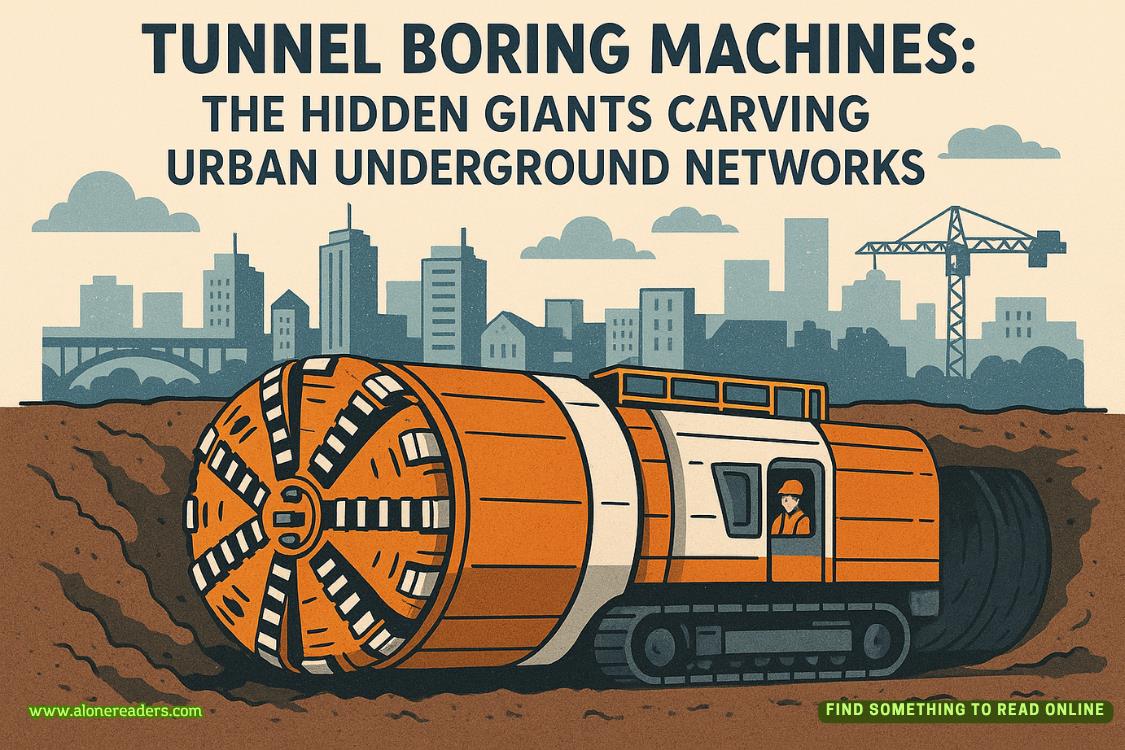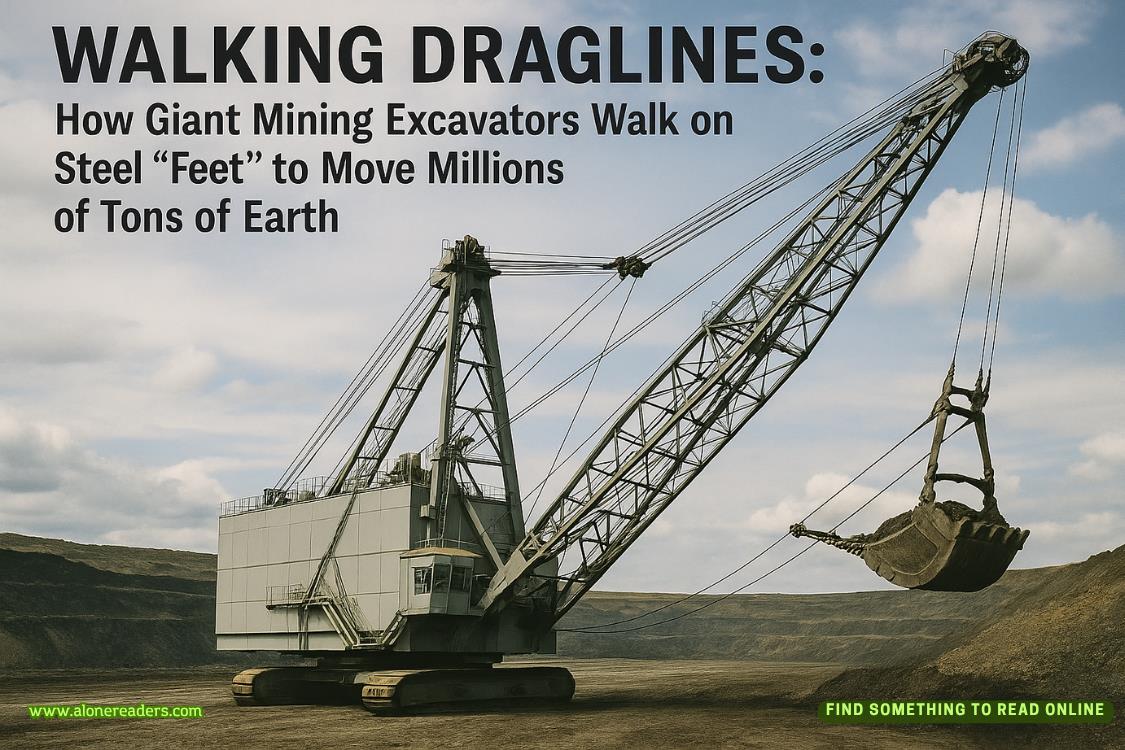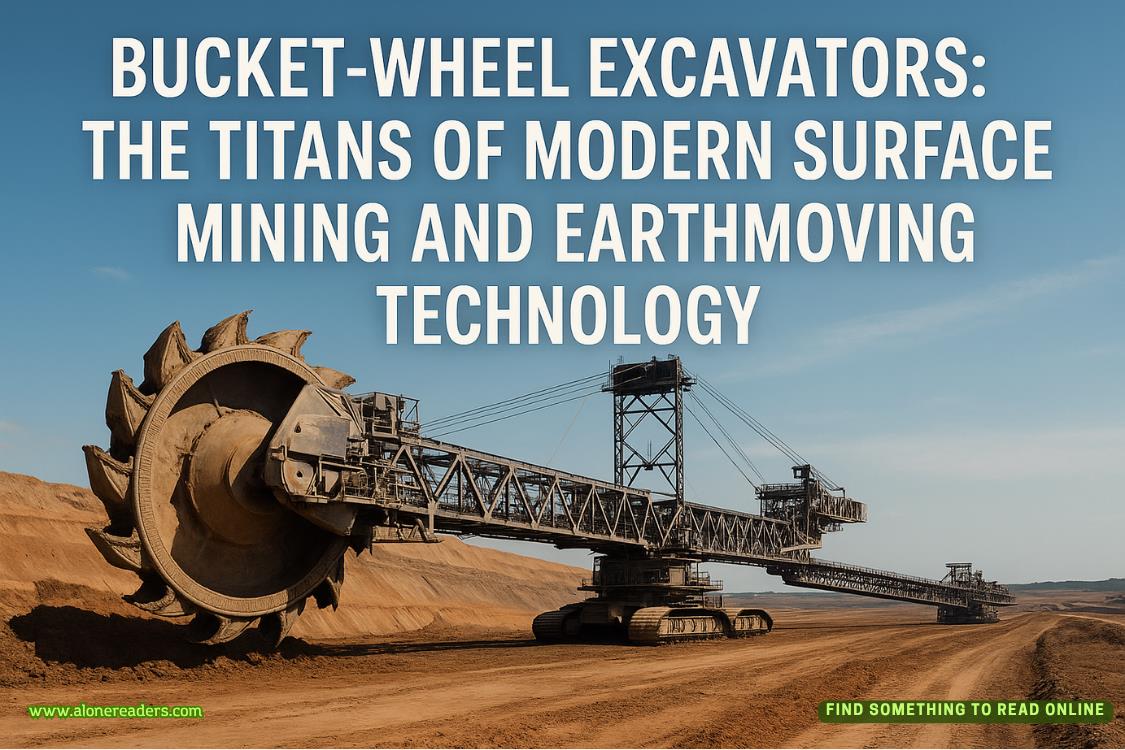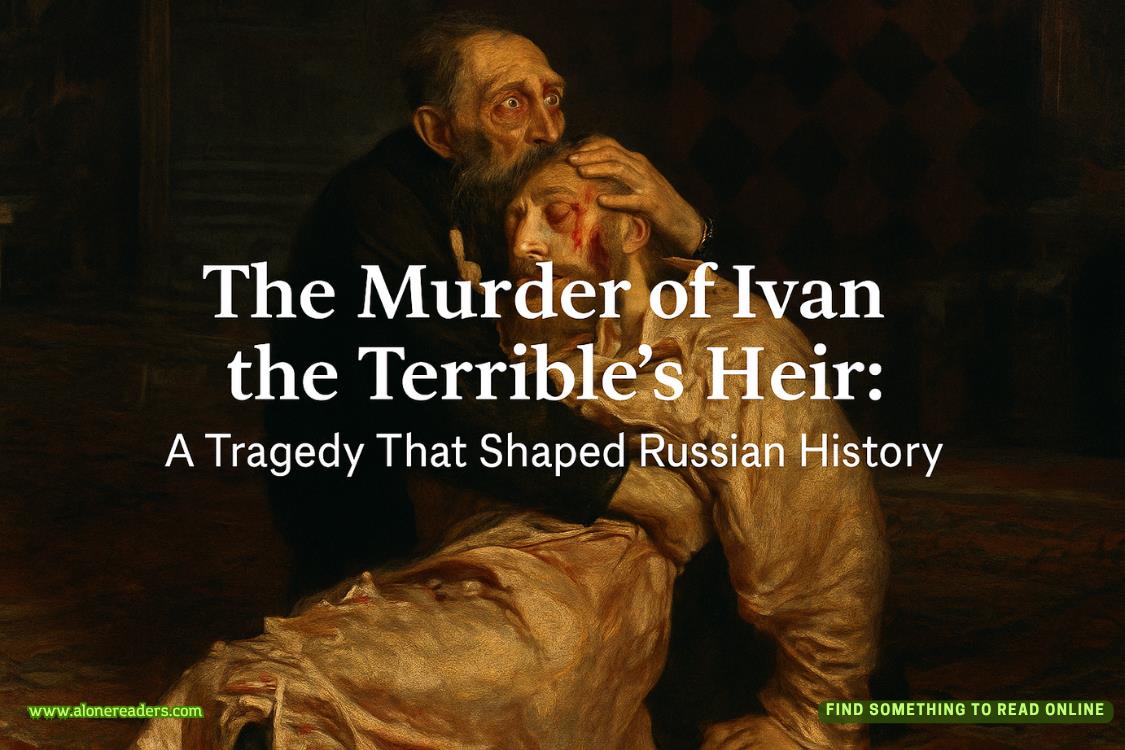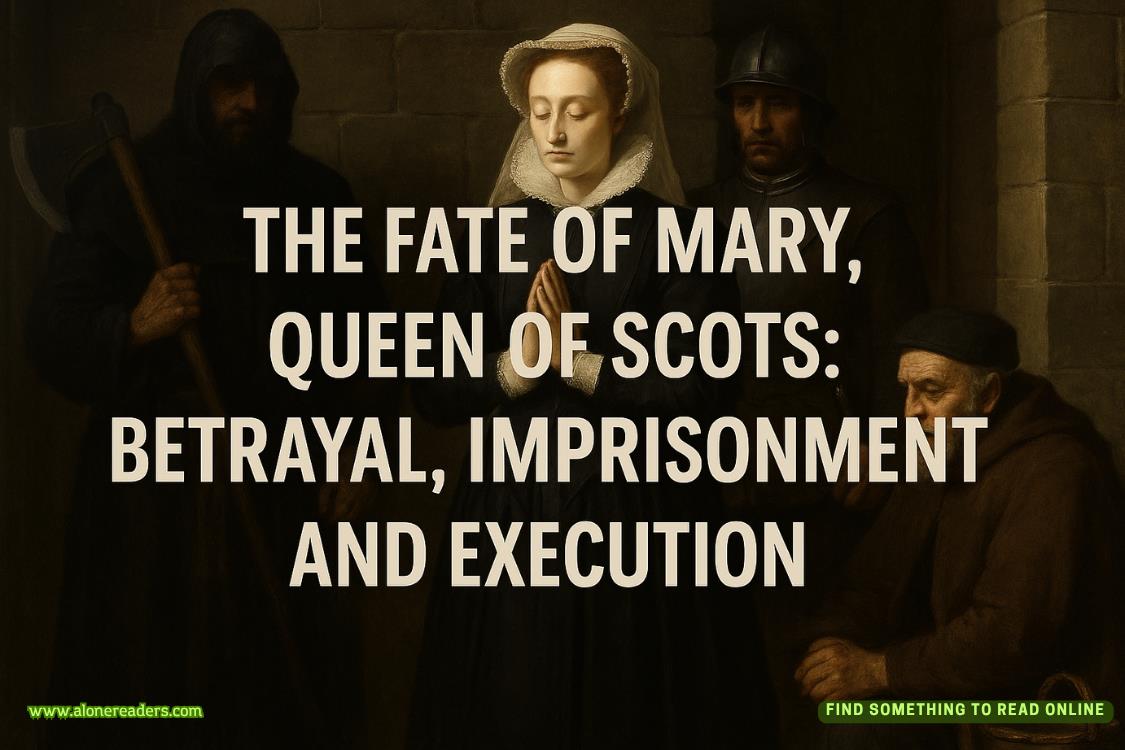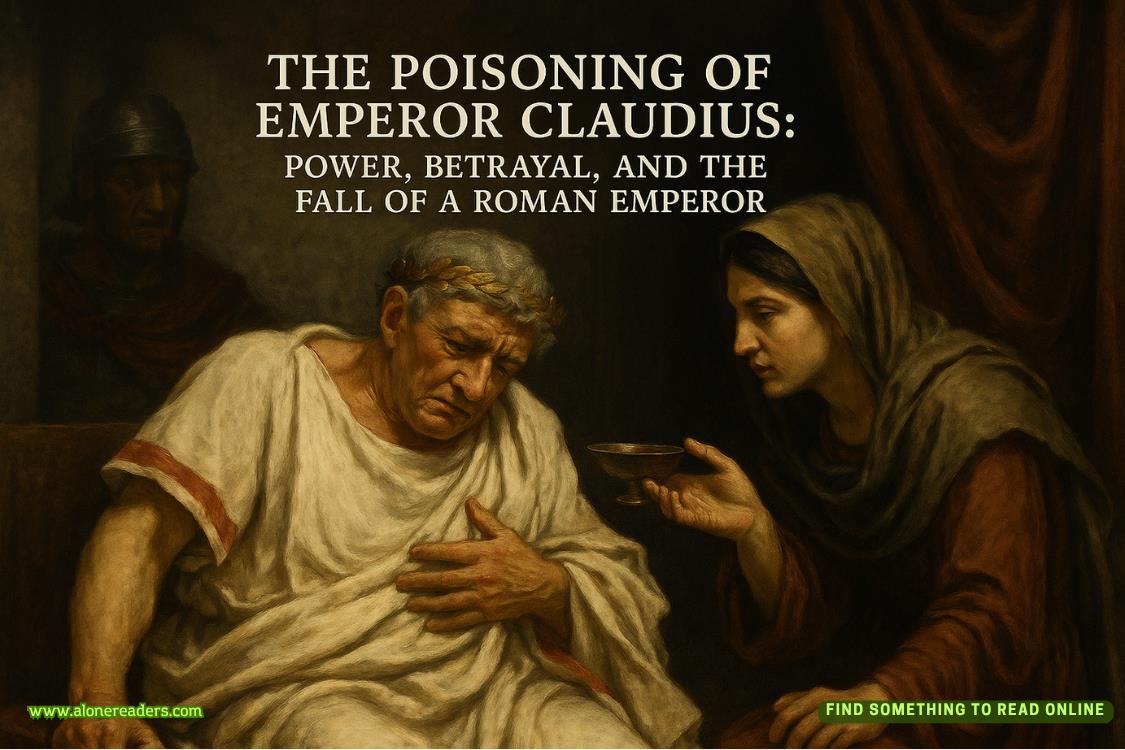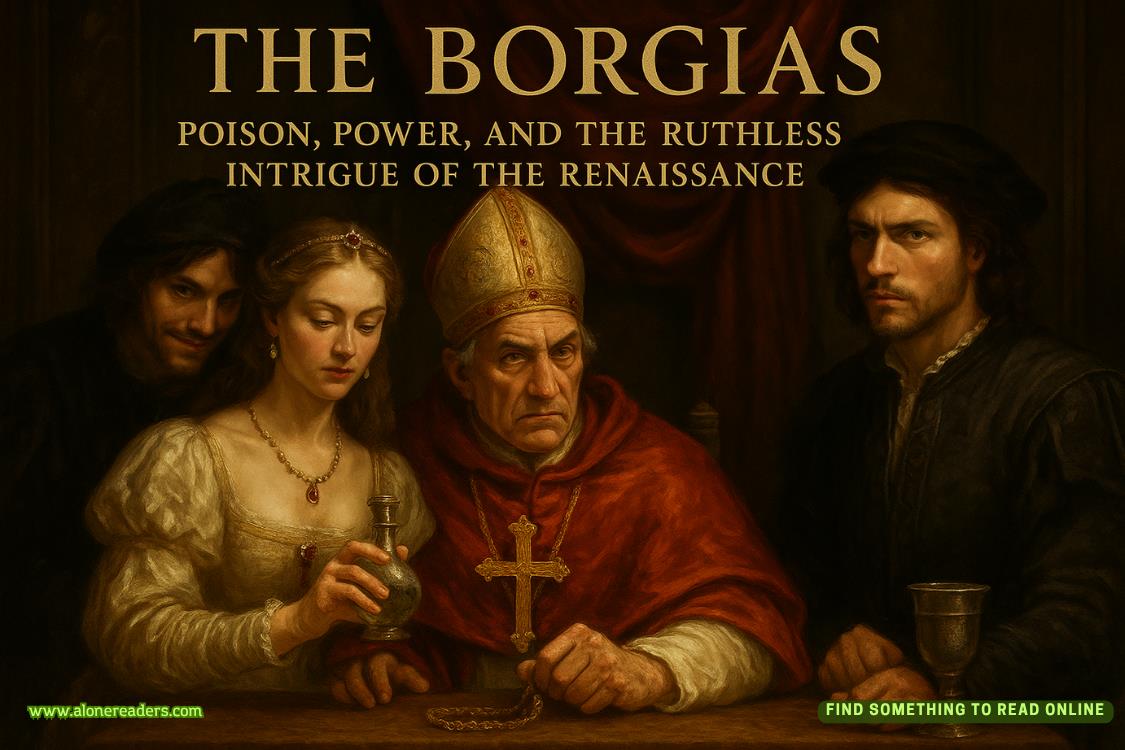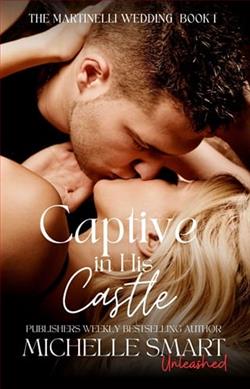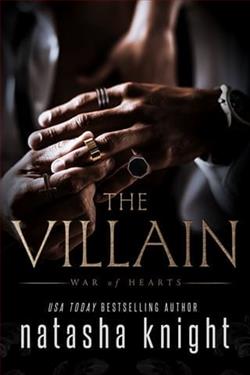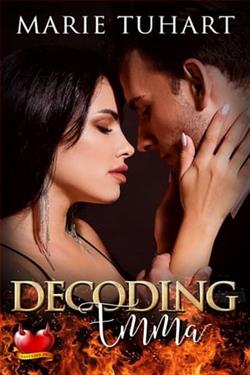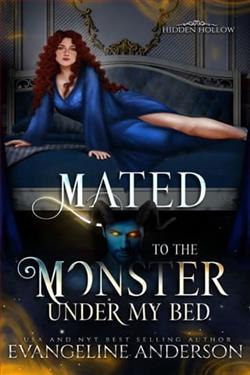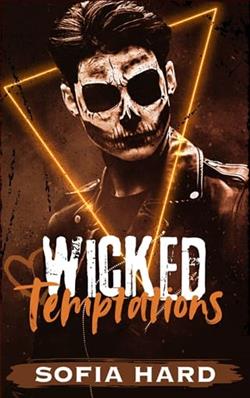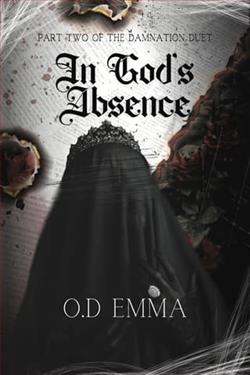Page 2 of The Devil Colony (Sigma Force 7)
Still, Billy saw how his father’s hands shook as he used brush and trowel to pick and tease the treasure out of the rich forest loam.
“This is it,” his uncle said, excited. “We found it.”
Fortescue loomed over the kneeling men. “Naturellement. Of course it would be buried here. Buried at the head of the serpent.”
Billy didn’t know what they were seeking—only his father and uncle had read the sealed letters from the governor to the Frenchman—but he knew what Fortescue meant by “the serpent.”
Billy glanced away from the hole to survey the breadth of the site. They’d been excavating an earthen mound that wound and twisted away through the forest. It stood two yards high, twice that wide, and ran two thousand feet through the woods and over the gentle hills. It looked like a giant snake had died and been buried where it fell.
Billy had heard about such earthen mounds. Embankments such as these, along with many more man-made hills, dotted the wilderness of the Americas. His father claimed the long-lost ancestors of the region’s savages had built them, that they were sacred Indian burial mounds. It was said that the savages themselves had no memory of the ancient mound builders, only myths and legends. Stories continued to abound of lost civilizations, of ancient kingdoms, of ghosts, of vile curses—and, of course, of buried treasures.
Billy shifted closer as his father unearthed the object, wrapped in what appeared to be a thick hide of skin, the black coarse fur still intact. A musky scent—a heavy mix of loam and beast—welled up, overpowering even the smell of venison stew from the neighboring cook fires.
“Buffalo hide,” his father determined, glancing over to Fortescue.
The Frenchman nodded for him to continue.
Using both hands, his father gently peeled away a flap of the hide to reveal what had lain hidden for ages.
Billy held his breath.
Since the founding of these lands, many Indian mounds had been dug up and looted. All that had been found were the buried bones of the dead, along with a few arrowheads, hide shields, and shards of Indian pottery.
So why was this particular site so important?
After two months of meticulously surveying, mapping, and digging, Billy was still none the wiser as to why they had been directed to come here. Like the looters of other barrows, all his father’s team had to show for their meticulous work was a collection of Indian tokens and artifacts: bows, quivers, lances, a massive cooking pot, a pair of beaded moccasins, an elaborate headdress. And, of course, they found bones. Thousands and thousands of them. Skulls, ribs, leg bones, pelvises. He’d overheard Fortescue estimate at least a hundred men, women, and children must have been buried here.
It was a daunting endeavor to collect and catalog everything. It had taken them all the way to the edge of winter to work from one end of the winding mound to the other, painstakingly stripping down the Indian burial mound layer by layer, sifting through dirt and rock—until, as the Frenchman said, they’d reached the head of the serpent.
His father unfolded the buffalo skin. Gasps spread among those gathered here. Even Fortescue took a sharp intake of breath through his pinched nose.
Across the inner surface of the preserved hide, a riotous battle had been drawn. Stylized figures of men on horseback raced across the hide, many bearing shields. Spears stabbed with splashes of crimson dyes. Arrows flew. Billy swore he could hear the whoops and war cries of the savages.
Fortescue spoke as he knelt down. A hand hovered over the display. “I’ve witnessed such handiwork before. The natives would tan the buffalo skin with a mash of the beast’s own brains, then apply their pigment with a hollowed-out piece of its own bone. But, mon Dieu, I’ve never seen such a masterpiece as this. Look how each horse is different from another, how each warrior’s garb is painted in such detail.”
The Frenchman’s hand shifted next to hover over what the hide had protected all these years. “And I’ve never seen anything like this.”
The skull of the monster was laid bare. Earlier, they had excavated the broken tusks of the beast, poking out of the hide-wrapped package. The cranium, exposed now to the light of day, was as large as a church bell. And like the buffalo hide, the bone of the skull had also been adorned, become a canvas for some prehistoric artist.
Across its surface, figures and shapes had been carved into the bone and painted so brightly they looked wet to the touch.
Billy’s uncle spoke, full of awe. “The skull. It’s a mammoth, isn’t it? Like those found over at Big Salt Lick.”
“No. It’s not a mammoth,” Fortescue said, and pointed with the tip of his cane. “See the curve and length of the tusks, the giant size of its masticating teeth. The anatomy and conformation of the skull are different from the mammoth specimens of the Old World. Remains such as these—unique to the Americas—have been reclassified as a new species, a beast called a mastodon.”
“I don’t care what it’s called,” his father commented forcefully. “Is this the right skull or not? That’s what I want to know.”
“There is only one way to find out.”
Fortescue reached and ran his index finger along the bony crest of the skull. The tip of his finger sank into a hole near the back. Over the years, Billy had dressed enough deer and rabbit carcasses to know the hole looked too clean to be natural. The Frenchman used that purchase and pulled up.
Another round of gasps spread outward. Several of the slaves fell back in horror. Billy’s eyes widened as the top of the monster’s skull split into two halves, opening like the doors of a cabinet. With his father’s help, Fortescue gently pushed back the two pieces of the cranium—each two inches thick and as large as dinner platters.
Even in the meager sunlight, what lay inside the skull glinted brightly.
“Gold,” his uncle choked out, shocked.
The entire inside of the skull had been plated in the precious metal. Fortescue ran a finger along the inner surface of one of the bony halves. Only now did Billy notice the bumps and grooves across the gold surface. It looked to be a crude map, with stylized trees, sculpted mountains, and snaking rivers. The surface was also inscribed with hen scratches that might be writing.
Leaning closer, he heard Fortescue mumble one word, full of awe and a flicker of fear. “Hebrew.”
After the initial shock wore off, his father spoke at Billy’s elbow: “But the skull is empty.”
Fortescue turned his attention to the open cavity of the gold-lined cranium. The space was large enough to cradle a newborn baby inside, but as his father had noted, it was empty.
